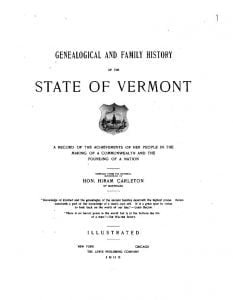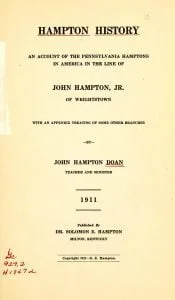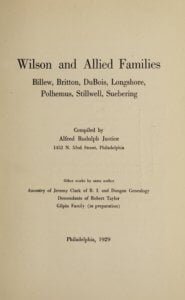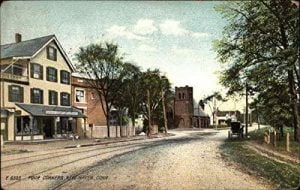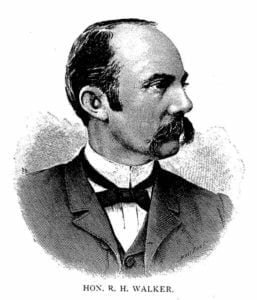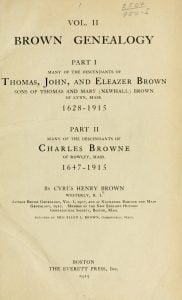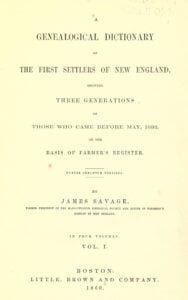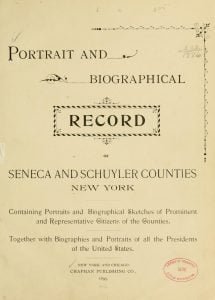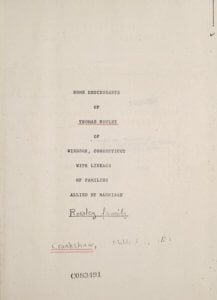Beach, Ronald Oscar – Obituary
Enterprise, Oregon 1951-2004 Ronald Oscar Beach, 52, of Clarkston, Wash., and formerly of Enterprise died Jan. 5 of natural causes. At his request there will be no services. Merchant Funeral Home in Clarkston is in charge of arrangements. Mr. Beach was born March 9, 1951, to Joe O. and Lillian K. Snyder Beach in Enterprise. He grew up in Paradise and graduated from Enterprise High School in 1969. He was active in 4-H clubs, FFA, the football and wrestling teams, the marching band and a number of clubs. He helped on the family ranch, worked for the Wallowa Whitman National … Read more

